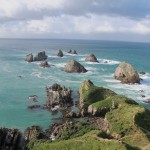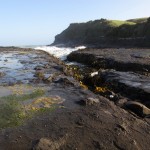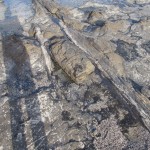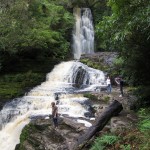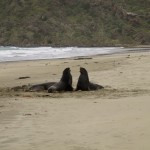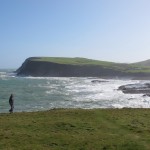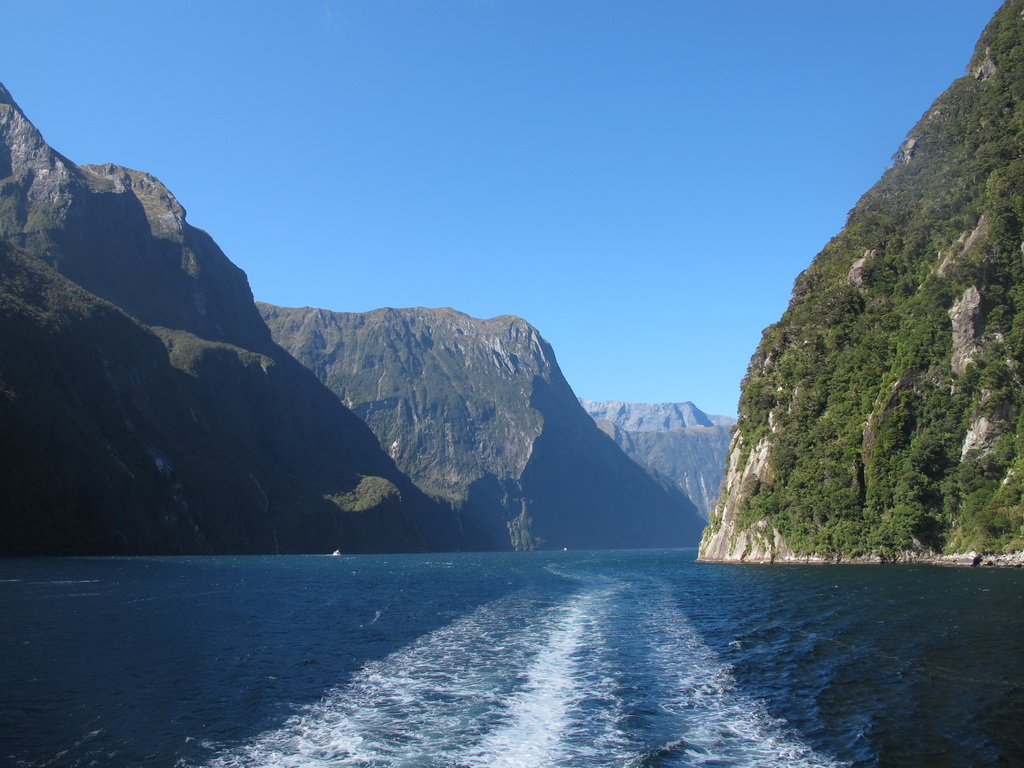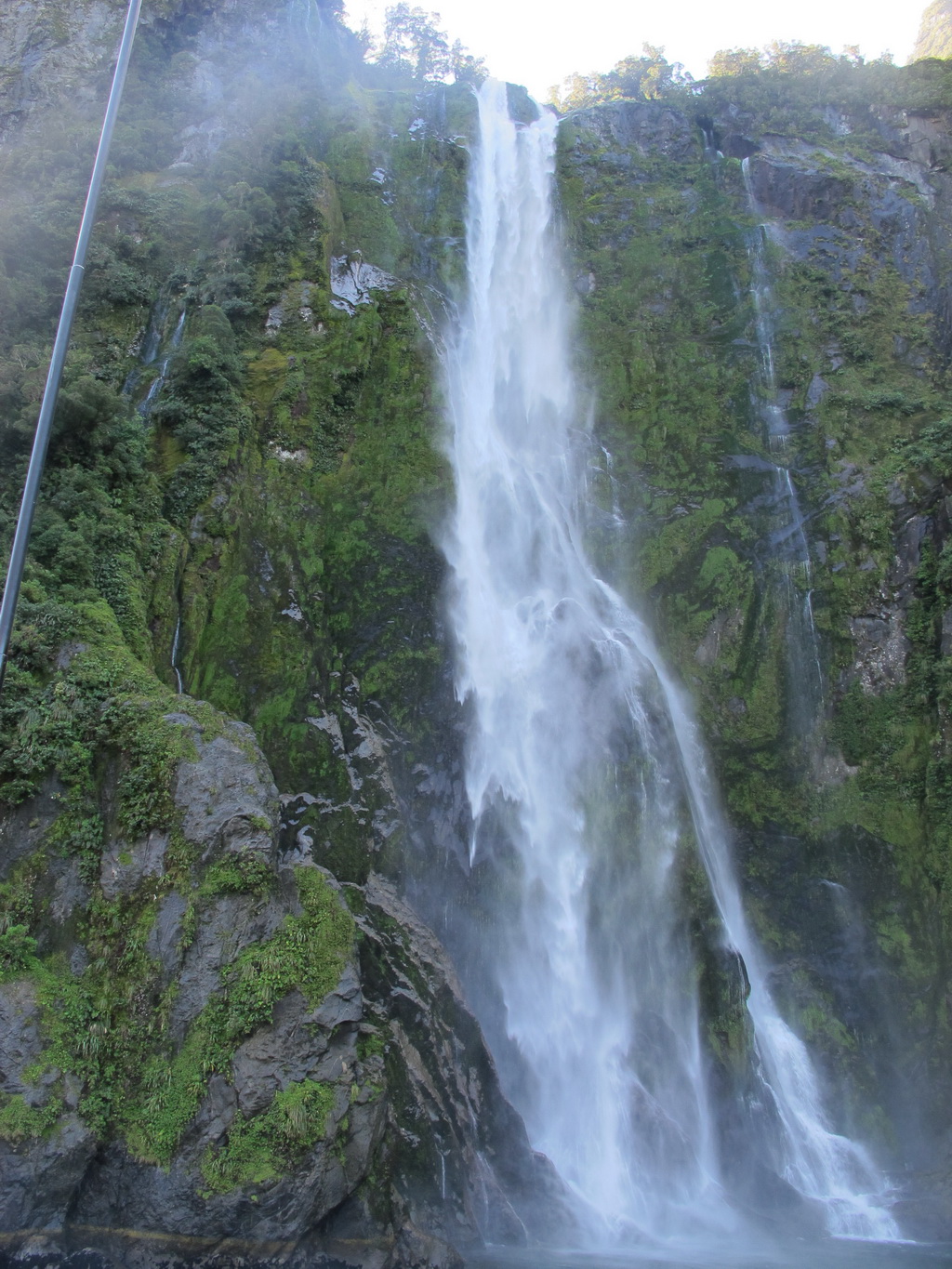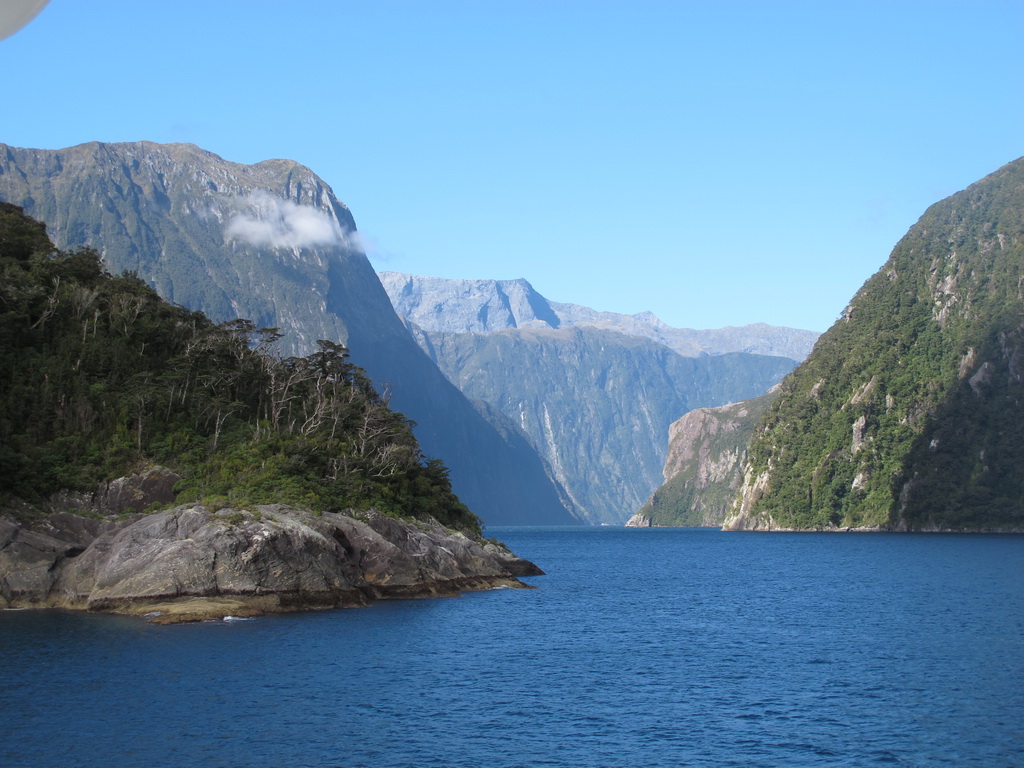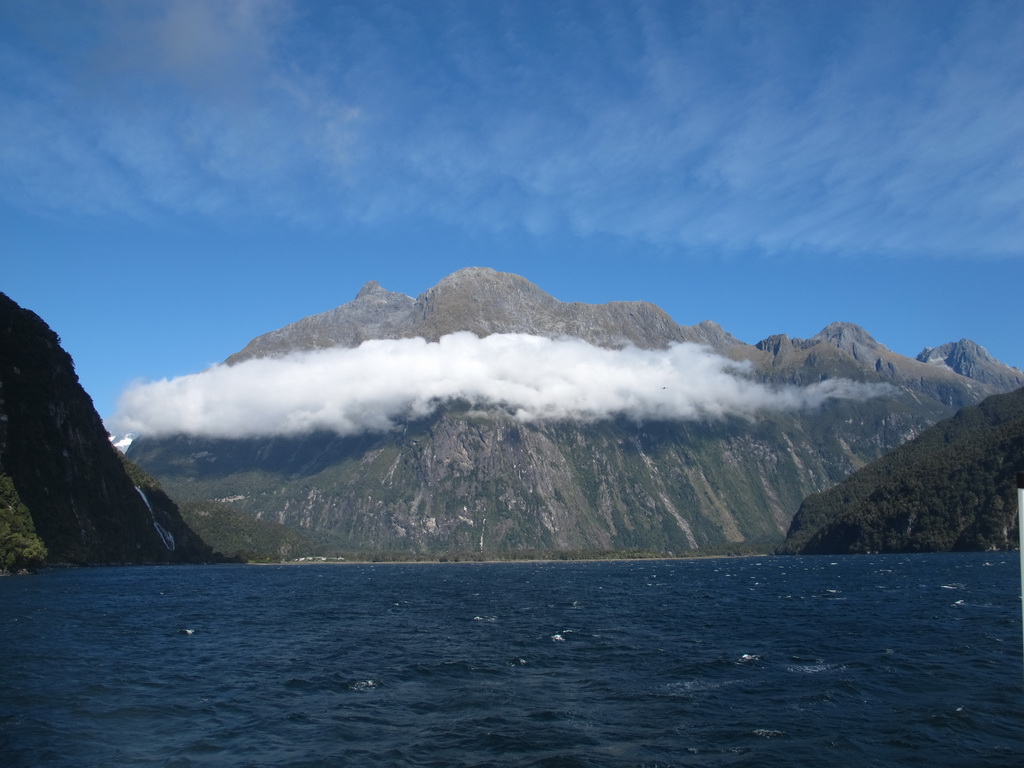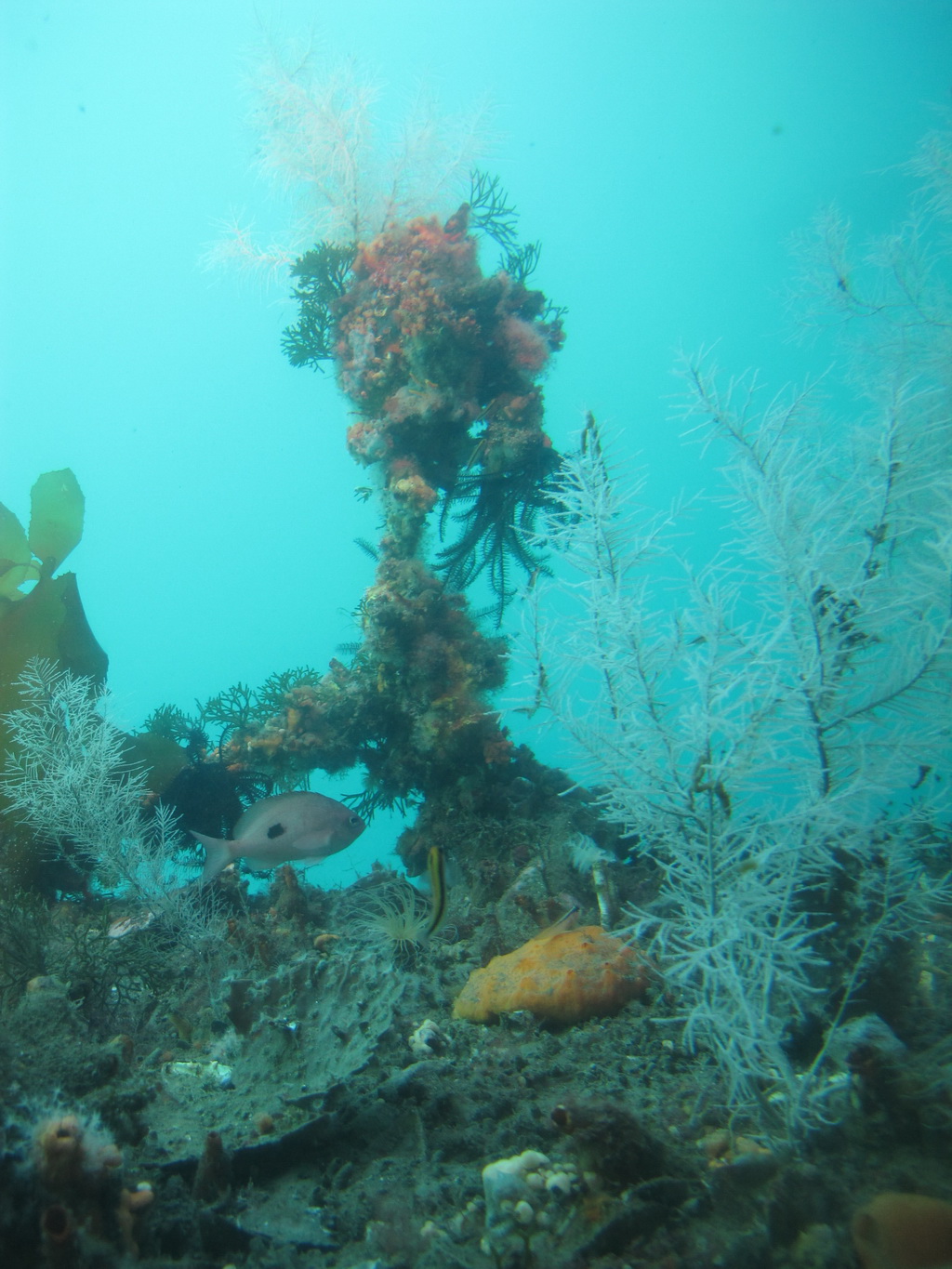New Zealand: The South Island by backpacker bus
April 15, 2011 Markus Seppälä
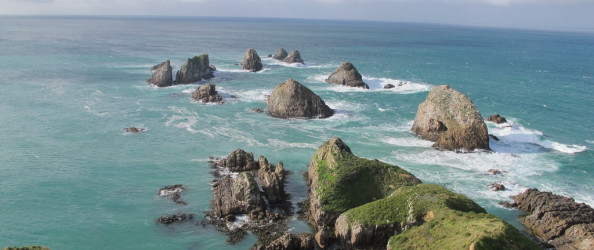
We all know they have the fjords and the mountains and the bungee. But they also have rainforests right next to the ski resorts. They have corals, they have penguins. And my personal favorite, they have alpine parrots. New Zealand’s South Island has all those things you didn’t know you wanted.
Bussing your hump
The way an independent traveler gets around New Zealand is by bus. For point-to-point travel, the coaches will do fine, I’m sure. But if you want a bit of company, a bit of a tour, and lots of the most beautiful vistas you’ve ever seen, the backpacker busses are the way to go. The two operators that got the most love from the locals were Kiwi Experience and Stray. I signed up with the former and their Bottom Bus package, mainly because they departed from Queenstown and Stray did not.
Let me say from the top that the whole Kiwi Experience tour was positive surprise, exceeding my expectations, and well worth the extra cost compared to going on regular coaches. True, my expectations were not spectacular. I pretty much assumed that the benefits of the backpacker bus were limited to a hop-on, hop-off type ticket flexibility and friendly fellow travelers.
First surprise: frequent stops, dramatic scenes
But I didn’t get just a transit between different cities. Instead, I got a 15-seat mini bus complete with a knowledgeable driver guide. He managed to find just the right balance between telling the story as we went and letting people sleep off their hangovers.
The most delightful surprise was the frequent stops. Sometimes they’d be just a quick photo op, other times a 20-minute walk in the rainforest. There were waterfalls, hydro-electric plants, old lighthouses, seals, sea lions, and penguin spotting. (Penguins were not in season, unfortunately.) And of course there was just the right amount of coffee, lunch, and bathroom breaks. Here’s a sample of the scenery:
The true value in this tour is that you get to see all these spectacular places that you either didn’t know existed, couldn’t get to on a regular bus, or didn’t know what they were if you passed by. Just one example is the world’s southern-most city, Invercargill. I do love it when you can tick items off your bucket list without planning for it.
Second surprise: alpine parrots
When you think of parrots, you probably think of the tropics. When you think of rainforests, you probably think of the tropics. When you think of New Zealand you probably do think of the Southern Alps, but now it’s time to add rainforests with, yes, alpine parrots. I hear the Kea is in fact the world’s only alpine parrot. It’s non-tropically pale greenish, but with tropically brilliant orange under its wings.
To me, the alpine parrot is the perfect metaphor for New Zealand. It’s a paradise in the summer; it’s a paradise in the winter. It’s green, it’s pretty and it’s curious.
And as far as the rainforest goes, I suppose it’s just a forest where it rains a lot, tropical or not. Incidentally, around here it also snows a lot in the winter, which makes for world-class skiing.
Third surprise: jaw-dropping Milford Sound – with corals!
If you’ve ever been to New Zealand, or know anybody who’s been, or heard of anybody who’d thought of knowing someone like that, then you will know Milford Sound is probably the most beautiful place on earth. No point in saying more than that, just have a look.
What’s that last picture? Now that’s a black coral, as seen from an underwater observatory right there in the Sound. They usually don’t grow at these low depths, but the slightly discolored water doesn’t let in enough light for other species, and we get a unique coral reef.
bus tour,
fjords,
mountains,
New Zealand,
South Island
Bus,
Canon PowerShot G12,
Oceania
previous post: Queenstown, New Zealand: Bring extra underwear
next post: Belgium by train: Flanders highlights and Wallonia lowlights

